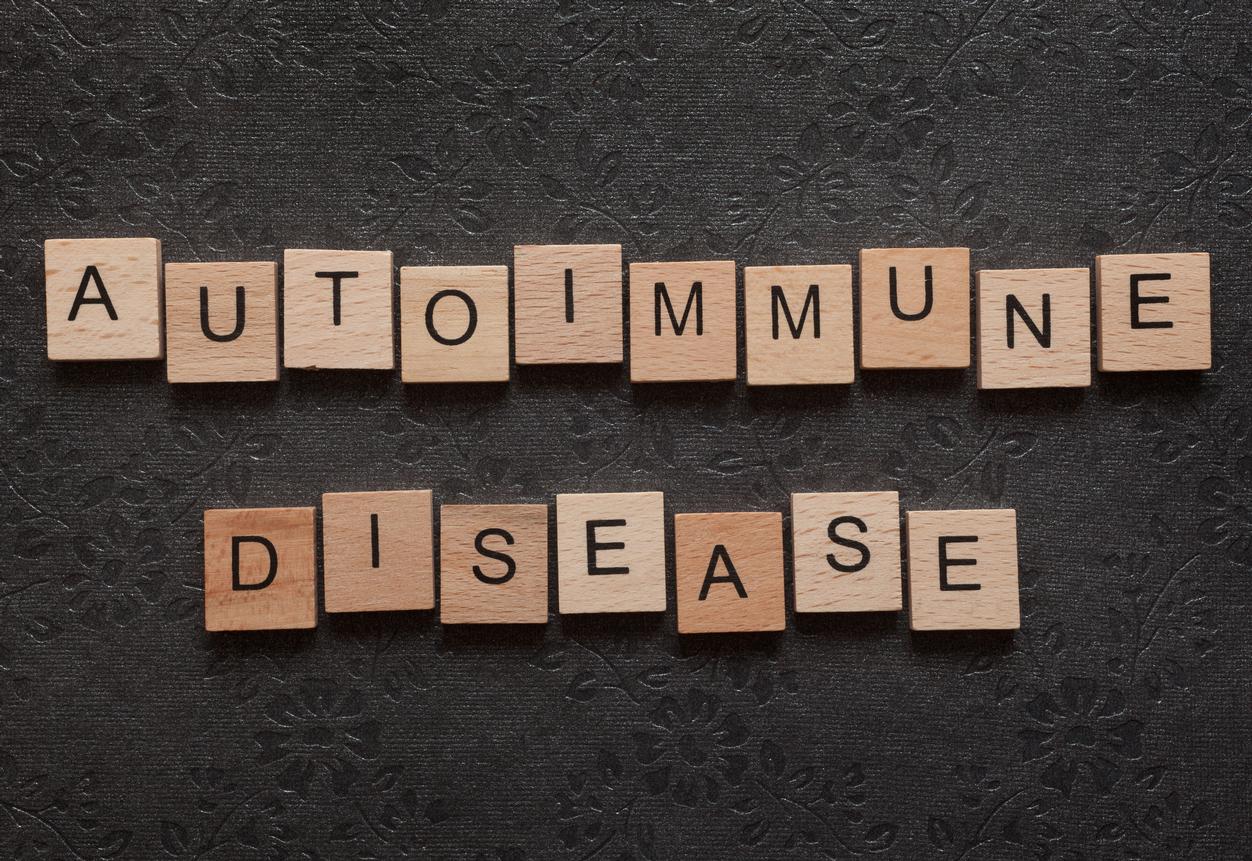A study found the biggest cohort of postural orthostatic tachycardia syndrome (POTS) patients up to now, together with the researchers expecting to locate auto-antibodies from adrenergic and muscarinic receptors from the autonomic nervous system (ANS). These receptors receive signals transmitted inside the ANS, which is accountable for the control of processes like keeping breathing rate, pulse and blood pressure. Auto-antibodies can cause the degradation of ANS receptors and if the former have been present at a considerable sum of the issues of the study, it might offer an explanation which POTS patients experience.
Researchers took blood samples from people to decide whether this was the situation. Employing ELISA, a method used to discover proteins, they investigated whether autoantibodies into ANS receptors exist in POTS patients.
Their findings reveal that, from the 55 subjects, 91 percent had elevated amounts of their nine auto-antibodies being analyzed for.1 This included those from the adrenergic receptors α1 and two, β1 and two along with the five forms of muscarinic receptor.
Further surprises were forward; results demonstrated the altitude of the remaining eight auto-antibodies was determined by altitude of auto-antibodies contrary to adrenergic α1 receptors.
What is POTS?
POTS is a condition estimated to affect between one and three million individuals in the United States. Despite its prevalence, its cause remains unknown. As the disorder has a similar clinical presentation to numerous different ailments, it is frequently misdiagnosed. Usually characterized by a variety of symptoms, including lightheadedness, so called’brain fog’ and tiredness, POTS tends only to be diagnosed once other conditions are ruled out. To combat these problems, scientists have been exploring the physiological cause of POTS, with a recent explosion of research suggesting it has a autoimmune pathogenesis.
Better Diagnostics for POTS
Gunning explains that more research will be needed soon to reach this point. “We plan further studies as we need to do a case-control study as our work was descriptive in nature and we also need to include assays to detect nicotinic and angiotensin receptor autoantibodies. The former was the first autoantibody detected in POTS patients by investigators at the Mayo Clinic and the latter has recently been reported by investigators in Oklahoma City and Sweden.“
“Our results need to be confirmed and once that has been done, detecting elevations of the A1 receptor would indicate this antibody could be used as a laboratory biomarker to help diagnose POTS, which currently is a clinical diagnosis in need of an objective laboratory test.”
Blair Grubb, M.D., another study author stated, “For years we have suspected that many patients suffering from postural orthostatic tachycardia syndrome had an autoimmune process at its core. Our paper strongly supports that hypothesis. Not only does is provide insight into the pathogenesis of this (and possibly other related disorders), it also offers the possibility of developing a blood test that can be used in diagnosing patients with postural tachycardia syndrome, much the same way as it is done in diseases such as rheumatoid arthritis.”
“It also opens a potentially whole new realm of treatment possibilities for these patients. We have already begun cautious experiments with using immune-modulating therapy in the sickest patients. Lastly, it is possible that in the future specific monoclonal antibody agents could be developed that treated just the receptors that are affected.”
Grubb mentions that these types of treatments are not likely to be in trials any time soon. “That would be in the far future. So, in a nutshell, it (the study) proves we are right, it has the potential to be a diagnostic modality, and it opens the way for a potentially whole new range of treatment. In short, this could be a game-changer.”
Source:
Gunning, W.T., et al. (2019) Postural orthostatic tachycardia syndrome is associated with elevated G‐protein coupled receptor autoantibodies. Journal of the American Heart Association. DOI: https://doi.org/10.1161/JAHA.119.013602


